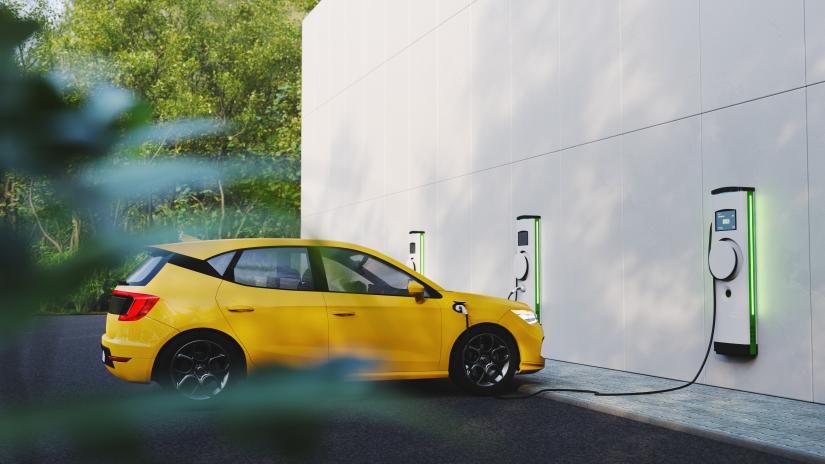The NRMA has announced on the 9th of October 2024, a partnership with the UTS Institute for Sustainable Futures (UTS-ISF) and transport research centre iMOVE Cooperative Research Centre to research how electric vehicle batteries can be used as energy storage through bi-directional charging.

In a groundbreaking partnership, the NRMA, UTS-ISF and iMOVE are set to revolutionise the future of electric vehicle (EV) charging in Australia.
The project partnership will deliver research into bi-directional charging technology and allow the NRMA to better support its members and the wider community as new Vehicle-to-Grid / Vehicle-to-Everything (V2G / V2X) technology emerges.
With the growth of EV sales in Australia, there is increasing attention toward how the electricity grid can handle the surge in demand from EV charging. This research will explore how electric vehicles can be harnessed as mobile energy storage to deliver value to Australian households as well as benefits to the grid. This project builds on previous V2G research and trials by extending the focus to understanding the consumer journey, barriers to adoption and how these could be overcome.
EV chargers currently use unidirectional charging and only allow power to go one-way into the vehicle battery. Bi-directional charging effectively allows an electric vehicle to be used as a home battery, storing the energy until it is needed in the home or back into the grid at peak times.
Millions of homes across Australia now have solar panels but only a small percentage have a home battery to store their excess electricity. Bi-directional charging can potentially open up more opportunities for those who drive an EV to power their home at times when solar is unavailable or deliver energy back into the grid for other users.
NRMA Chief Strategy Officer Vivian Miles said the research and advocacy partnership provided opportunities to understand how vehicle-to-grid technology could be rolled out across Australian homes.
“As Australia’s largest mutual representing more than three million Members, we want to ensure our Members and communities understand and benefit from the shift towards electric transport,” said Ms Miles.
“A key area for the NRMA to explore is how EVs can fit and enhance our Members’ lives – bi-directional charging is a really exciting development that has the potential to save our Members money.
“Rather than straining the system at a time when we are shifting to more fluctuating renewable energy, EVs could provide a solution to both the clean energy and clean transport transition by becoming a battery on wheels.”
iMove Managing Director, Ian Christensen said, “electrification of transport has finally gained strong traction in Australia, and this transition comes with many opportunities to reconfigure how we manage energy demand and supply, including supporting the ramp up in renewables.
“Widely adopted bi-directional charging will open up energy options for consumers and communities, and support our transition to clean energy. We are thrilled to support NRMA as it leads the way in making this technology an everyday reality in Australia.”
UTS Institute for Sustainable Futures Research Director Dr Scott Dwyer said, “bidirectional charging has the potential to empower consumers while making better use of resources and supporting greater amounts of renewables on the grid.
“This project will examine in detail how it’s already being done by a small number of people today, what lessons can be taken to the wider population, and how a member-owned organisation like the NRMA could play a key role in EVs being accepted as batteries on wheels.”

